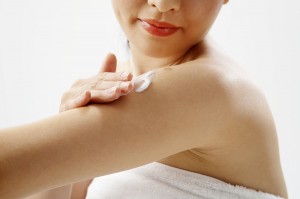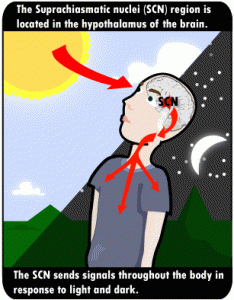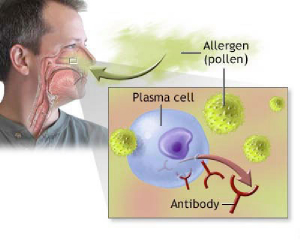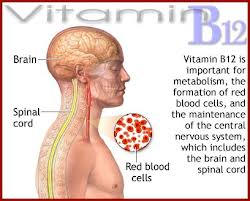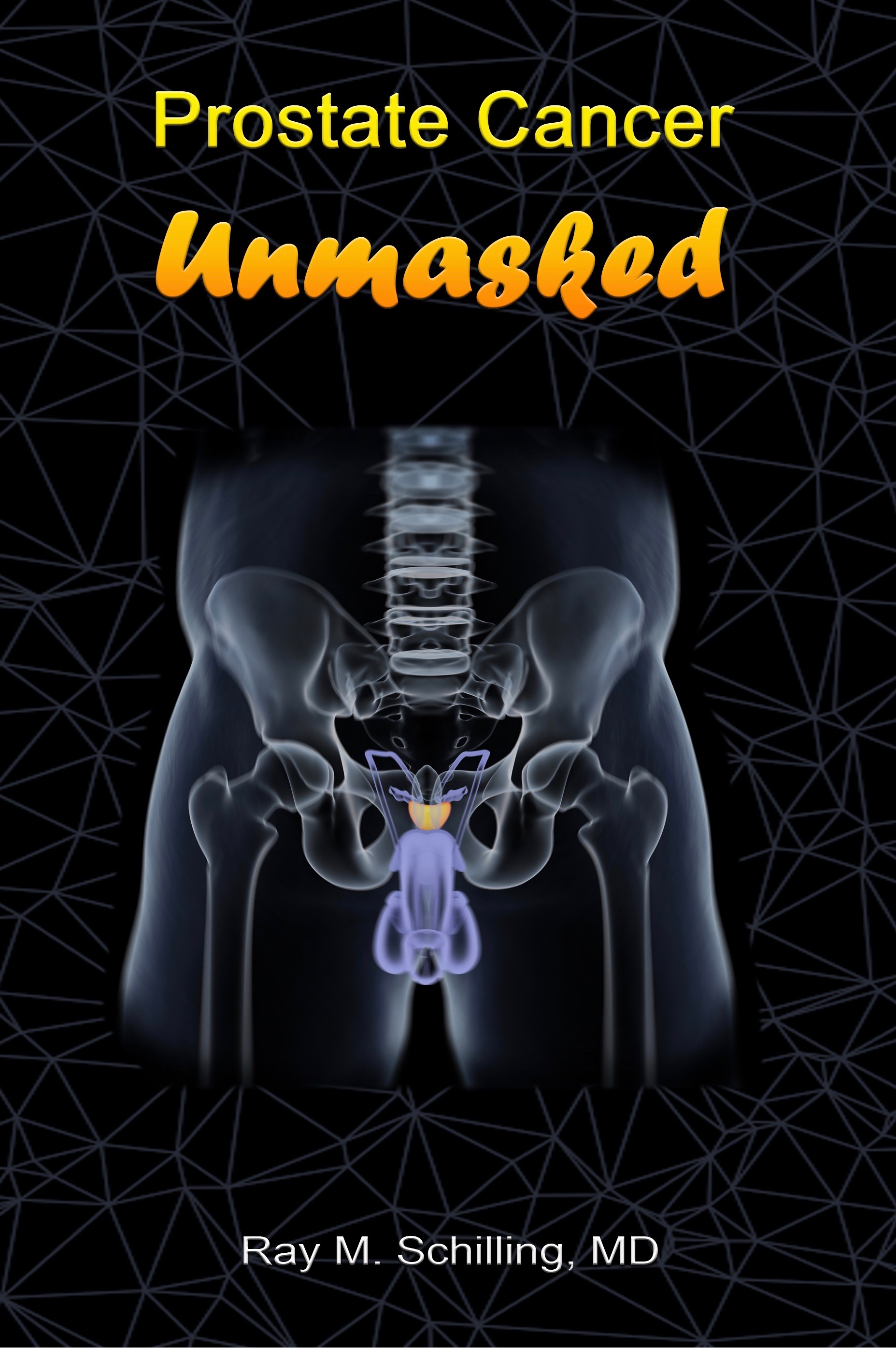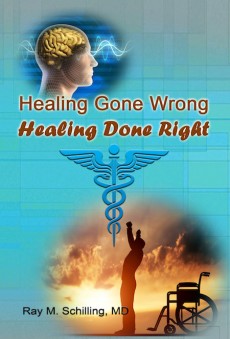Early October 2021 CNN had an article about how to fall asleep quicker. Most people take 15 to 20 minutes to fall asleep.
Sleep environment
It is important to arrange a sleep environment where you can sleep well. This includes bedroom darkening and keeping the room temperature of 60 to 67 degrees Fahrenheit (15 to 20 degrees Celsius). Make sure your bed is comfortable and use your bedroom only for sleeping and sex. Do not read in the bedroom, keep your cell phone in another room and do not have a TV or computer in the bedroom. These produce blue light, which stimulates your brain. This is exactly what you do not want to have in your bedroom.
Normal sleep duration for different ages
There are always exceptions to rules. In this case there is a rare gene that allows the carrier to sleep only 5 hours at night and still have normal energy during the day. It is called short sleep gene.
Here are the hours of sleep that everybody else needs every night in different age groups:
- Adults: 7-8 hours
- School-age children: 12 hours
- Teenagers: 8-10 hours
If you get the proper hours of sleep, but you are still tired during the day, you may have a lack of quality of sleep. Older people often have to go to the bathroom several times during the night. As it takes some time to reach the deepest level of sleep at night (REM sleep) older people often miss significant amounts of REM sleep during which they dream. The end result is a lack of energy during the day.
Conditions that interrupt your sleep
There are some medical conditions that can interfere with a good night’s sleep. Obstructive sleep apnea is one such condition that 25 million Americans have. A person with this kind of condition snores, gasps, chokes or stops breathing periodically during the course of the night. Restless leg syndrome is another condition, which interferes with a restful, deep sleep. Other conditions are chronic pain, heart disease, diabetes, asthma and gastroesophageal reflux. Medication can affect sleep depth as well.
Falling asleep naturally
Despite many studies it is not clear why some people have no problem falling asleep while others find it difficult. Taking 10 to 20 minutes of falling asleep is normal. If you cannot fall asleep after 20 minutes of trying, go to a dim room and do something calming until you feel drowsy again. Then return to your bed. Follow the same procedure, if you wake up in the middle of the night and you have difficulties falling asleep again. Deep breathing, yoga and meditation are proven remedies to pipe down and help you to fall asleep.
Monitoring sleep at a sleep clinic
A sleep study can be very helpful in diagnosing sleep disturbances. The sleep expert measures several body functions simultaneously. These are heart rate, air flow, blood oxygen level, breathing rate, brain wave activity, muscle movements and eye movements. During a night sleep study, a polysomnogram records all these body functions automatically. The finding helps the sleep expert to diagnose and treat the sleep disturbance.
Self-help supplements for insomnia
My regular sleep supplement every night is 3 mg of melatonin.
Sometimes this is not enough, because I watched an exciting movie or I wrote too much for Quora online. When I can’t fall asleep within 30 minutes, I take a capsule of 500 mg of valerian root. I would say that this helps in 95% of the nights to fall asleep.
If for some reason I still can’t fall asleep, I use 25 drops of Passion Flower Extract: I find that this is very reliable and puts me to sleep within 15 to 20 minutes of taking it. This way I am avoiding prescription narcotics and I am not getting addicted to benzodiazepines. The last step (Passion Flower Extract) I require only once or twice a month. The chemical in the Passion Flower Extract is very similar to benzodiazepines, which means you don’t want to take this every night or your system could get addicted to it.
Conclusion
Falling asleep is something we all can learn. It starts with a quiet and relaxing bedroom ambience. We need to allow for enough sleep duration. Adults need 7 to 8 hours of sleep, children and youth more. Deep breathing, yoga and meditation are proven remedies to prepare you to fall asleep easier. When all fails there are a number of self-help supplements you can take to help you ease into sleep. If you still have problems falling asleep a sleep study can be very helpful in diagnosing sleep disturbances. In a sleep clinic your heart rate, air flow, blood oxygen level, breathing rate, brain wave activity, muscle movements and eye movements are recorded with a polysomnogram. The doctor from the sleep clinic can formulate the diagnosis of the sleep disorder and help you overcome any identified problems.
The subchapter “Self-help supplements for insomnia” was published by me earlier here.

